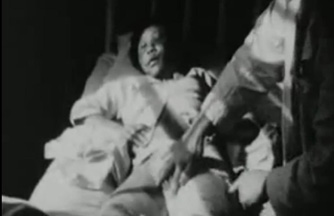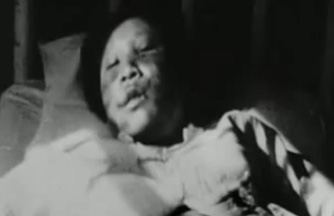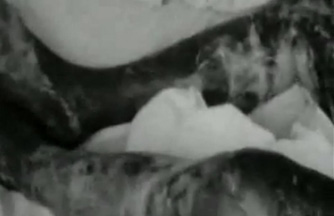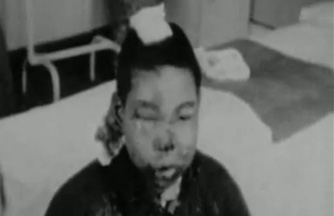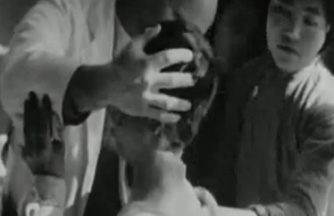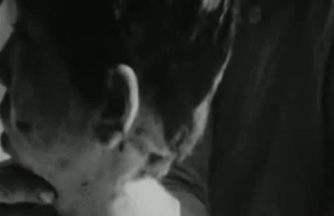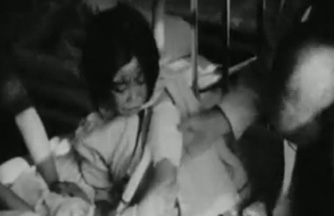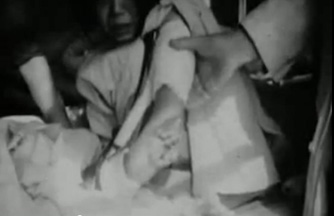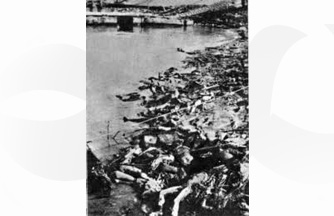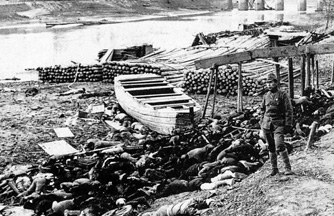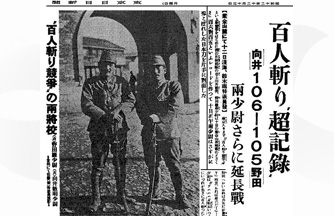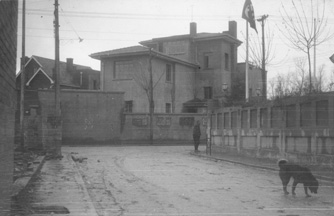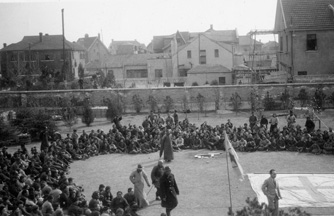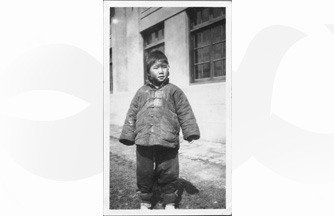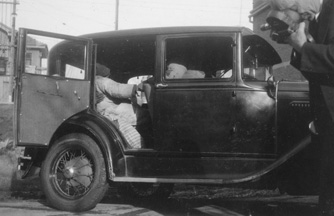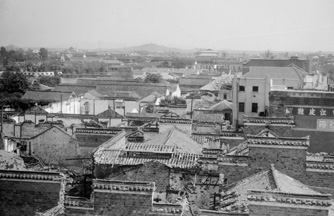Nanking Massacre & Rules of War
During the Nanking Massacre, Japanese Imperial Army slaughtered tens of thousands of prisoners of war, committed numerous rapes and atrocities against innocent people, looted and destroyed properties. Weren't there any rules of war to protect innocent civilians, their dignity and properties during warfare? Could the Japanese troops ignore international humanitarian laws in Nanking just because Japan was waging an undeclared war against China? Could the Japanese troops be excused for slaughter of prisoners of war just because Japan had signed but did not ratify the 1929 Geneva Convention concerning "Treatment of Prisoners of War"?
Global citizens cannot allow governments and armed groups continue to ignore international humanitarian laws, claiming their actions are justified by military necessity. Even in the midst of war, civilians must be protected. There are no exceptions. State authorities and global citizens must work together to prevent violations against civilians and holding the perpetrators accountable.
Development of Rules of War: An Overview
Throughout history, opposing nations have established ground rules for war, but until the nineteenth century, these rules applied only to a particular conflict and the countries it involved. Once that war was over, the rules were discarded. Over the last 150 years, nations have struggled to define rules of war and establish international laws to ensure protection of the basic human rights of those caught in armed conflicts.
One of the first of such international conferences was held in Geneva resulting in the Geneva Convention of 1864. It was initiated by an organization which was predecessor of International Committee of the Red Cross and this convention laid down the rules for treatment of the wounded in war. This first Geneva Convention of 1864 was amended and built upon in subsequent meetings, leading to the 1929 Geneva Convention for the treatment "of the Wounded and Sick in Armed Forces in the Field" and the 1929 Geneva Convention concerning "Treatment of Prisoners of War".
Besides those peace conferences at Geneva, other international peace conferences regarding the rules of war were held and produced many rules or conventions of war, including the two Hague Conventions concerning "Laws and Customs of War on Land" in 1899 and 1907. The laws that came out of Geneva and Hague transcend any specific conflict. They attempt to diminish the severity and disasters of war in general, applying to armed conflicts across the board.
In 1949 when nations gathered in Geneva to address the horrors of WWII, it resulted in four Geneva Conventions adopted by 194 states and became the Geneva Conventions we now know, they are:
- Convention for the Amelioration of the Condition of the Wounded and Sick in Armed Forces in the Field
- Convention for the Amelioration of the Condition of Wounded, Sick and Shipwrecked Members of Armed Forces at Sea
- Convention Relative to the Treatment of Prisoners of War
- Convention Relative to the Protection of Civilian Persons in Time of War
The severe destruction of cultural property -- artwork, literature, artifacts -- that occurred during World Wars I and II revealed holes in the existing laws. In 1954, the Hague Convention for the Protection of Cultural Property in the Event of Armed Conflict was signed into effect. This 1954 Hague Convention addressed the issue of cultural preservation in greater depth than the first two Hague Conventions, attempting to protect a nation's identity in the face of war and occupation.
Technology and awareness of humanity values have progressed with time. Technological developments in the realm of war tend to threaten humanitarian concerns, and humanitarian concerns tend to want to stem the progress of weapons and methods of destruction. The existing major conventions which already contain many essential laws of war will continue to evolve to become more effective, attempting to protect humanitarian, cultural and financial concerns within the framework of war and destruction that inherently wants to disregard everything but the battle at hand.
Excerpted and adapted from How the Rules of War Work by Julia Layton.
All the conventions mentioned in this overview are available at the International Committee of the Red Cross website.
A student handout on War Crimes and International Law (7 pages) from the BC Ministry of Education Teacher's Guide (Human Rights in the Asia Pacific 1931-1945: Social Responsibility and Global Citizenship) is available here.
Overview of Geneva IV - the Rules of War Protecting Civilians in War and Occupation
Geneva IV adopted on 12 August 1949 is the Convention concerning "the Protection of Civilian Persons in Time of War". It prohibits any form of physical violence or degradation against civilians. Women shall be especially protected against any attack on their honour, in particular against rape, enforced prostitution, or any form of indecent assault.
Geneva IV is to shield civilians and children in particular, from the effects of war. It provides for "neutralized zones" where fighting is prohibited, and hospital and safety zones for the protection of the sick, the elderly, pregnant women, children under 15 and mothers of children under seven. These zones are supposed to be labeled with a huge Red Cross sign to ensure their protection. An armed force may not attack civilians, nor use them as a "human shield" to render a location protected from attack.
Enemy forces are not allowed to seize personal property unless it is being used against them, and in that case, they must return the property or provide compensation at the end of the war. Every building or object connected to religion, charity, education, the arts and sciences and history is protected by the laws regarding private property, even when it is state property.
An occupying force has the absolute responsibility of providing for the basic needs of the people under its control, including food, clothing, shelter, medical attention, and the maintenance of law and order. An occupying force cannot just sit by as occupied territories are looted. The laws that were in place in the territory before occupation are still in place after occupation. It is only the enforcer that has changed.
An occupying force cannot punish civilians for anything that occurred before occupation, including anything they may have said against the country now in charge.
Even (or especially) in the case of occupation, communication between civilians, in particular between family members, is treated as a basic right. It may be curtailed only if the correspondence is deemed detrimental to the safety of the occupying force, but even then, civilians may communicate using special forms that allow for at least 25 "freely chosen words".
Civilians must not be interned or removed to another country unless it is for their own safety or the safety of the state, and only if there is no other alternative. It must be temporary and the occupying force may not import their own citizens into the occupied territory.
It is legal to force civilians to work, but not in a military capacity against their own country and not as slave labor -- they must be paid for their work. International organizations like the Red Cross must have access to civilians at all times. An occupying force is not allowed to tattoo civilians as a means of identifying them.
Excerpted and adapted from How the Rules of War Work by Julia Layton.
The full Geneva IV has a total of 159 articles and 3 annexes, and some of the articles covered in this overview are Art. 14, 15, 18, 25, 27, 28, 32, 33, 49, 51, 55, 64, 70, 78 & 100. These articles are available for viewing at the International Committee of the Red Cross website.
For a brief look at the spirit and objectives of international humanitarian laws , click here for a student handout on War Crimes and International Law (7 pages) from the BC Ministry of Education Teacher's Guide (Human Rights in the Asia Pacific 1931-1945: Social Responsibility and Global Citizenship).
Historical scenes of Japanese war crimes as recorded by Westerners who witnessed the Rape of Nanking
(Click to enlarge each photo)Sources of photos: Yale Divinity School Library, the Nanking Massacre Project website
Japanese Atrocities in Nanking filmed by Rev. John Magee
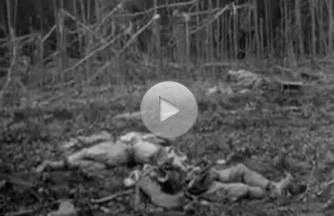
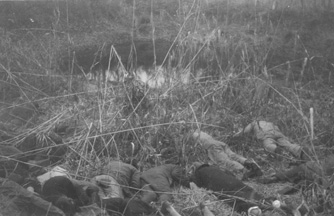
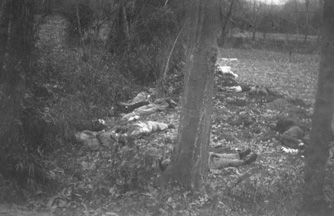
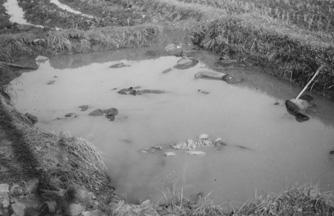
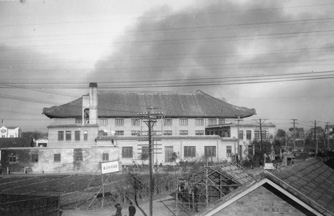
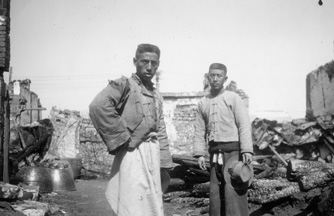
![This family was butchered by the Japanese after they stormed into the city. Two of the women were raped before they were killed – one of whom was murdered in beastly fashion…..two little girls, aged 8 and 4 years, who huddled around their dead mother in the room for 14 days, survived on a small supply of roasted rice. A neighbor brought these children to the attention of the committee [International Committee of the Nanking Safety Zone], and we then put them up at their uncle's.](https://www.alpha-canada.org/wp-content/themes/bcalpha-theme/images/Asian-Holocaust/Nanking/Rules_of_War/RoW-5a.jpg)
![This family was butchered by the Japanese after they stormed into the city. Two of the women were raped before they were killed – one of whom was murdered in beastly fashion…..two little girls, aged 8 and 4 years, who huddled around their dead mother in the room for 14 days, survived on a small supply of roasted rice. A neighbor brought these children to the attention of the committee [International Committee of the Nanking Safety Zone], and we then put them up at their uncle's.](https://www.alpha-canada.org/wp-content/themes/bcalpha-theme/images/Asian-Holocaust/Nanking/Rules_of_War/RoW-5b.jpg)
![This family was butchered by the Japanese after they stormed into the city. Two of the women were raped before they were killed – one of whom was murdered in beastly fashion…..two little girls, aged 8 and 4 years, who huddled around their dead mother in the room for 14 days, survived on a small supply of roasted rice. A neighbor brought these children to the attention of the committee [International Committee of the Nanking Safety Zone], and we then put them up at their uncle's.](https://www.alpha-canada.org/wp-content/themes/bcalpha-theme/images/Asian-Holocaust/Nanking/Rules_of_War/RoW-5c.jpg)
![This family was butchered by the Japanese after they stormed into the city. Two of the women were raped before they were killed – one of whom was murdered in beastly fashion…..two little girls, aged 8 and 4 years, who huddled around their dead mother in the room for 14 days, survived on a small supply of roasted rice. A neighbor brought these children to the attention of the committee [International Committee of the Nanking Safety Zone], and we then put them up at their uncle's.](https://www.alpha-canada.org/wp-content/themes/bcalpha-theme/images/Asian-Holocaust/Nanking/Rules_of_War/RoW-5d.jpg)
